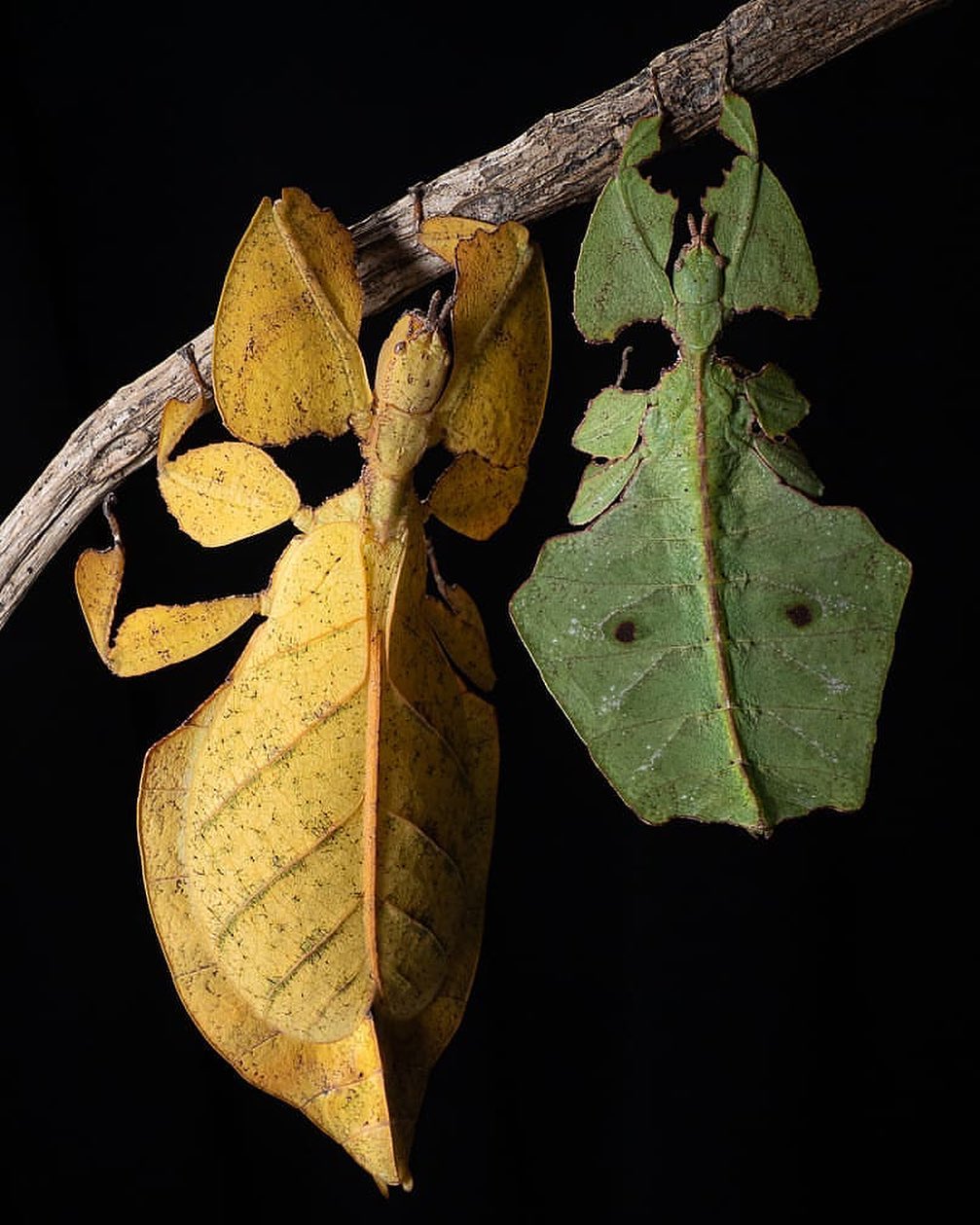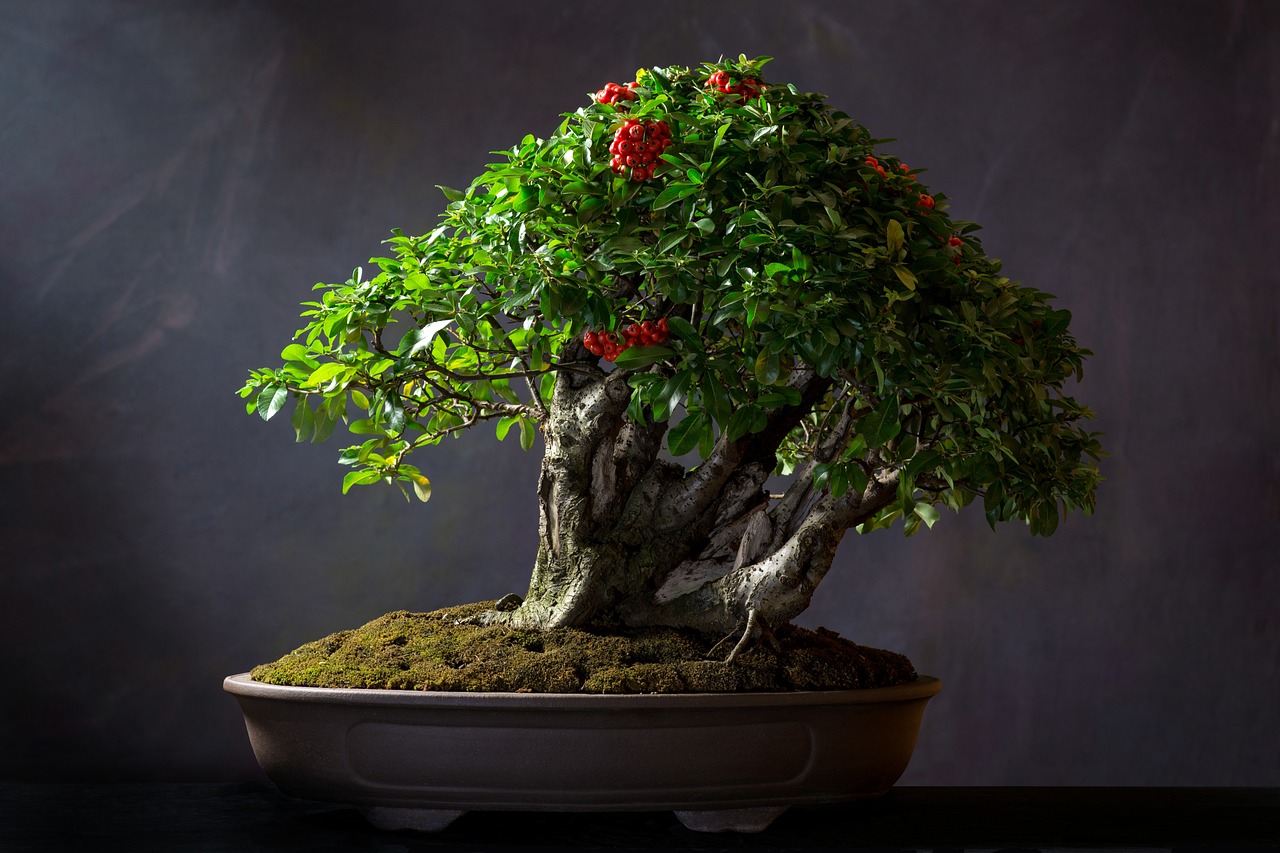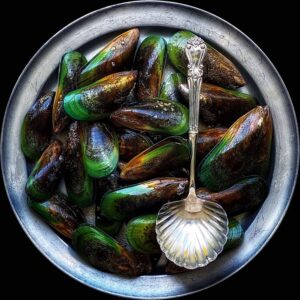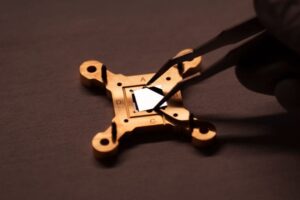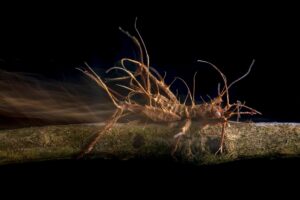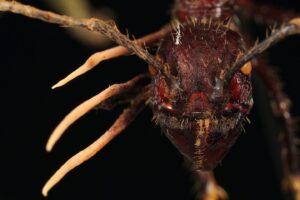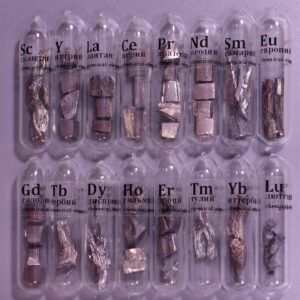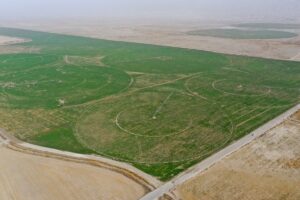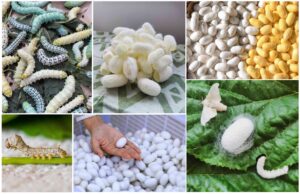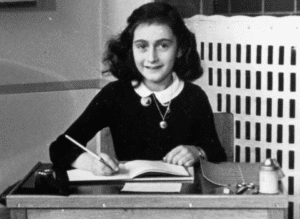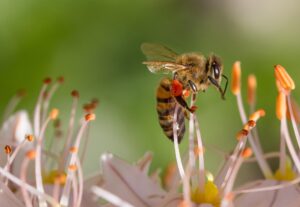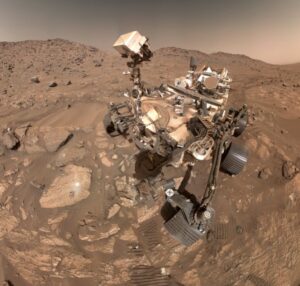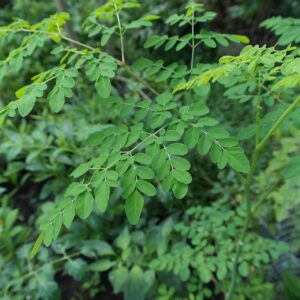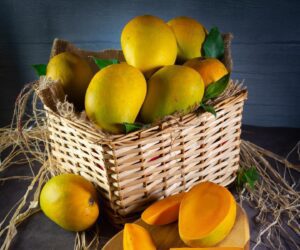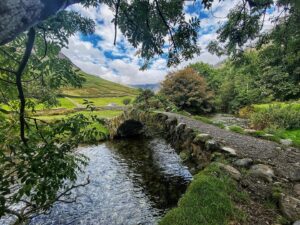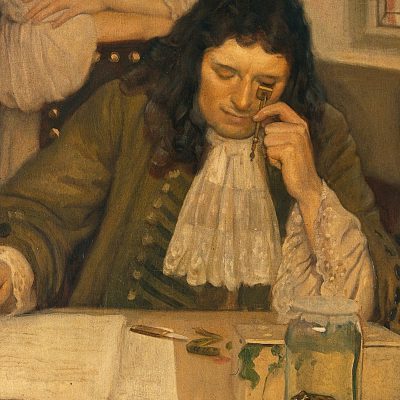 Pin
Pin Most scientists begin their careers after rigorous training and learning. But Antonius van Leeuwenhoek was an entirely self-taught amateur. Born in 1632, he spent most of his life in his native town of Delft in Holland, where he ran a drapery business. He lived a quiet life, respected by his fellow citizens, who appointed him Chief Chamberlain of Delft. But he had an enquiring mind, and a hobby which made him one of the foremost scientists of his time.
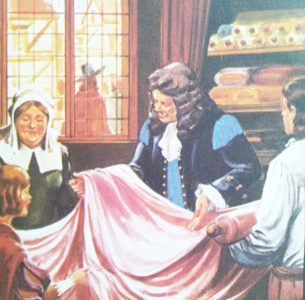 Pin
Pin 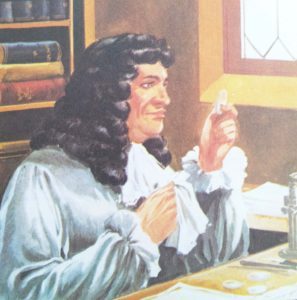 Pin
Pin As a young man, Leeuwenhoek had been apprenticed to a cloth merchant in Amsterdam, and during that time he had also learnt how to grind glass lenses. Leeuwenhoek decided to use his lenses to study tiny things not visible to the naked eye. He perfected techniques to grind powerful lenses which he then made into simple microscopes consisting of a magnifying glass on a brass plate, with a second plate below to hold the object being viewed.
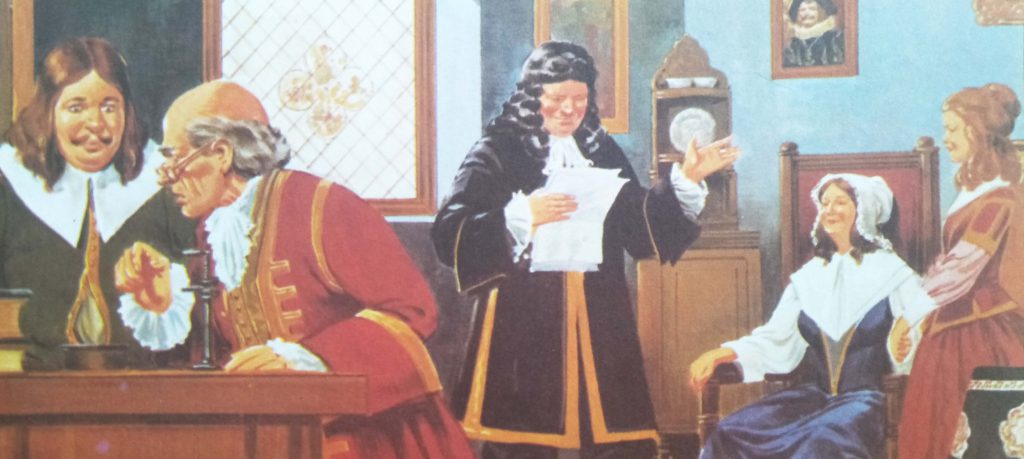 Pin
Pin The amateur scientist was amazed at the new world revealed by enlarging everyday things. He studied pieces of skin, hair, teeth and plants. When he looked at muscle, he saw that it was made up of fibres. Looking at a drop of water, he noticed tiny ‘animalcules’ swimming about in it. Although he did not know it, these were single-celled animals called protozoa. In all his experiments, he made careful notes and drawings of what he had seen. In 1662, Charles the Second of England had granted a charter to the Royal Society, a scientific body of learned men. Leeuwenhoek wrote to them about some of his discoveries — describing enlargements of a bee’s head, a fly’s brain, and the lens of a bullock’s eye. The Society was greatly impressed by Leeuwenhoek’s work and asked him to send details of any other discoveries. In the end he sent them hundreds of letters over a period of 50 years.
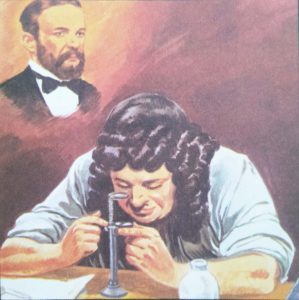 Pin
Pin Leeuwenhoek continued to put more and more substances under his microscope to discover their structure. He soon realized that minute living things were to be found everywhere and grew from each other — the opposite of the then accepted theory of ‘spontaneous generation’, which said life could ‘spontaneously’ arise from non-living matter. In thinking this, Leeuwenhoek was 200 years ahead of his time. Louis Pasteur finally disproved the theory in 1894.
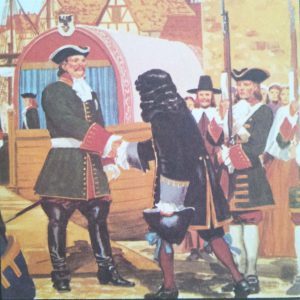 Pin
Pin The list of Leeuwenhoek’s findings is impressive. He discovered the red cells of blood, that yeast was made up of globular particles the individual cells), and that aphids give birth to live young. He also produced the first drawing of bacteria (the living organisms which often cause disease). When Peter the Great of Russia visited Holland, he specifically asked to see Leeuwenhoek, who showed the Czar the magnified tail of a eel.
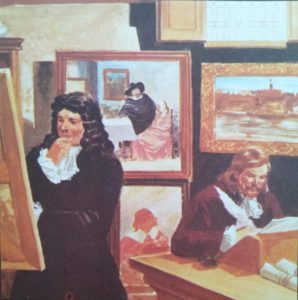 Pin
Pin Despite his fame, Leeuwenhoek continued to live quietly, running his drapery business and sending his letters to London. When his wife died, his daughter Maria looked after him and wrote up his notes. Because he was so well trusted, the painter Jan Vermeer appointed him executor of his will. When Vermeer died, Leeuwenhoek had to sell the paintings to pay the artist’s debts. It was not until the 20th century that Vermeer was acclaimed as a great Dutch master.
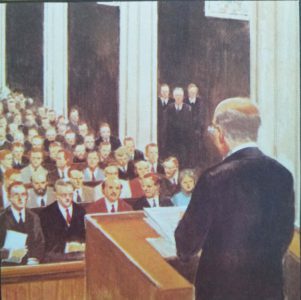 Pin
Pin Leeuwenhoek continued to work right up to his death in 1723. Although the Royal Society had made him a Fellow in 1680, sending him his diploma in a silver box, the full importance of his work went unappreciated. Until Pasteur, no-one realized that Leeuwenhoek’s microscopic creatures caused disease. In 1932, however, a celebration was held at Delft to mark the three-hundredth anniversary of the birth of this great amateur scientist.
Antonius van Leeuwenhoek
Antonius van Leeuwenhoek was born on October 24, 1632, in Delft, a city in the Netherlands. He was the youngest child in a family of tradesmen, and his father was a draper, a person who sells cloth. Although his family had no formal education, Leeuwenhoek showed a keen interest in learning from an early age.
Due to financial constraints, Leeuwenhoek was unable to receive a formal education. At the age of 16, he had to leave school and instead started working as an apprentice in a textile shop. However, his passion for learning did not fade away, and he continued to educate himself by reading books and attending lectures at local universities.
Leeuwenhoek’s fascination with microscope technology began when he received a simple magnifying glass as a gift. Intrigued by the ability to see objects in greater detail, he started experimenting with lens grinding, constructing his own microscopes. Despite lacking any formal training in this field, Leeuwenhoek’s microscopes were of exceptional quality and often surpassed those made by prominent scholars of his time.
In the late 1660s, Leeuwenhoek began conducting a series of groundbreaking observations using his self-built microscopes. He meticulously examined various samples, including water, his own bodily fluids, and a wide range of natural specimens. Through his microscopes, Leeuwenhoek discovered an unseen world full of microorganisms, which he called “animalcules.”
His meticulous observations and accurate drawings caught the attention of the scientific community, and soon word of his achievements spread throughout Europe. Scholars and scientists became interested in his work, and Leeuwenhoek was invited to present his findings to prestigious institutions such as the Royal Society in London. His discoveries challenged the prevailing ideas of spontaneous generation and contributed to the development of microbiology.
Leeuwenhoek’s microscopes were simple but highly effective. They were based on a single lens design that allowed for greater magnification and clarity compared to the compound microscopes of his contemporaries. While his microscopes could only magnify up to 300 times, he was able to achieve a level of precision and clarity that was previously unmatched.
Throughout his lifetime, Leeuwenhoek wrote numerous letters to the Royal Society and other scientific societies, detailing his observations and discoveries. His letters, written in Dutch, were meticulously translated and published in various scientific publications, spreading his knowledge and ideas to a larger audience.
Aside from his studies in microbiology, Leeuwenhoek also made significant contributions to other fields. He improved the design of the micrometer and created a system to measure and compare the size of microorganisms accurately. He also conducted research on muscle fibers, blood circulation, and plant anatomy.
Despite his lack of formal education, Antonius van Leeuwenhoek’s passion for learning and his curiosity led him to become one of the most influential scientists of his time. His ground-breaking work in microscopy laid the foundation for the field of microbiology and revolutionized our understanding of the invisible world around us.
Antonius van Leeuwenhoek made several key contributions to the field of science, particularly in the field of microscopy and microbiology. His background as a draper, or textile merchant, had a significant influence on his discoveries :
In summary, Antonius van Leeuwenhoek’s key contributions to science include his exceptional skill in microscope construction, meticulous microscopic observations, discovery of microorganisms, taxonomic classification of microorganisms, emphasis on accurate measurement, and his efforts in communication and collaboration with the scientific community. His background as a draper influenced his attention to detail, accuracy in measurement, and the practical approach he applied to microscopy and observations.
Antonius van Leeuwenhoek made several key contributions to the field of science, particularly in the field of microscopy and microbiology. His background as a draper, or textile merchant, had a significant influence on his discoveries :
Overall, Antonius van Leeuwenhoek’s self-made microscopes revolutionized the study of microbiology by significantly improving magnification, resolution, focus, and clarity. His observations and discoveries using these microscopes helped establish the field of microbiology and paved the way for further advancements in understanding the microscopic world.
Frequently Asked Questions for Antonius van Leeuwenhoek :
Antonius van Leeuwenhoek was a Dutch draper and scientist who lived from 1632 to 1723. He is famous for his pioneering work in microscopy and his significant contributions to the field of microbiology. Despite having no formal scientific education, he was able to develop advanced microscopes and make groundbreaking observations of microorganisms.
Although van Leeuwenhoek had no formal scientific training, he had a curious and inquisitive mind. He developed an interest in lenses and optics, which he used to make improvements to his drapery business. In the early 1670s, he started experimenting with microscopes and began observing various samples such as water, his own dental plaque, and even the lenses of his own microscopes, leading to his significant discoveries.
Van Leeuwenhoek made several important discoveries in microbiology. He was the first to observe and describe various microorganisms, including bacteria, protozoa, algae, and sperm cells. He also described the structure of red blood cells and discovered the existence of microscopic structures such as capillaries and muscle fibers. His observations and descriptions laid the foundation for the understanding of the microbial world and greatly advanced the field of microbiology.
Van Leeuwenhoek’s microscopes were significantly different from the ones that existed at the time. While most microscopes had a small, primitive lens that produced limited magnification, van Leeuwenhoek developed a technique to create much more powerful lenses. He ground lenses to tiny sizes and used them in combination with a sophisticated focusing mechanism, allowing him to achieve magnifications of up to 300 times. This level of magnification was unheard of at the time and allowed him to observe microscopic details that no one had seen before.
Van Leeuwenhoek’s observations of microorganisms paved the way for the understanding of the link between microorganisms and disease. While he didn’t fully grasp the concept of germ theory, his detailed observations of various pathogens provided crucial evidence for the existence of invisible living organisms that could cause illness. His work laid the foundation for future researchers to study and understand the role of microorganisms in the development of diseases.
Antonius van Leeuwenhoek’s work had a profound impact on the scientific community and numerous fields of study. His meticulous observations and accurate descriptions of microorganisms opened up an entirely new world of study and exploration. His pioneering work in microscopy greatly advanced the fields of microbiology, anatomy, physiology, and medicine. Furthermore, his successful approach of combining observational skills with precise documentation set a high standard for future scientists to follow.
Antonius van Leeuwenhoek is rightfully considered as one of the pioneers of microbiology. His discoveries and contributions revolutionized our understanding of the microbial world and played a crucial role in the development of science. His work also set the stage for further research and exploration, leading to advancements in medicine, public health, and various other scientific disciplines. Today, van Leeuwenhoek’s microscopes and observations are regarded as invaluable artifacts of scientific history.





